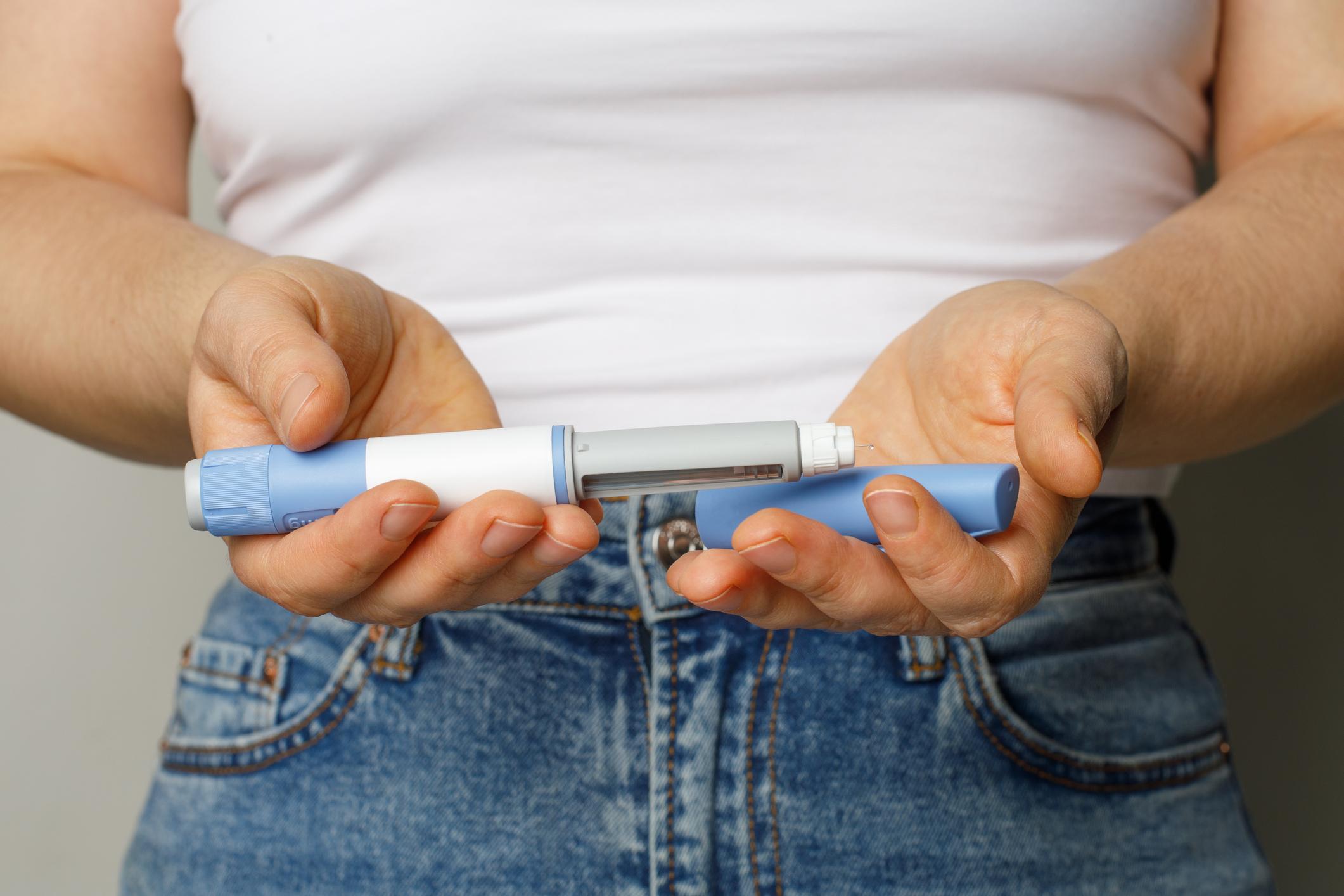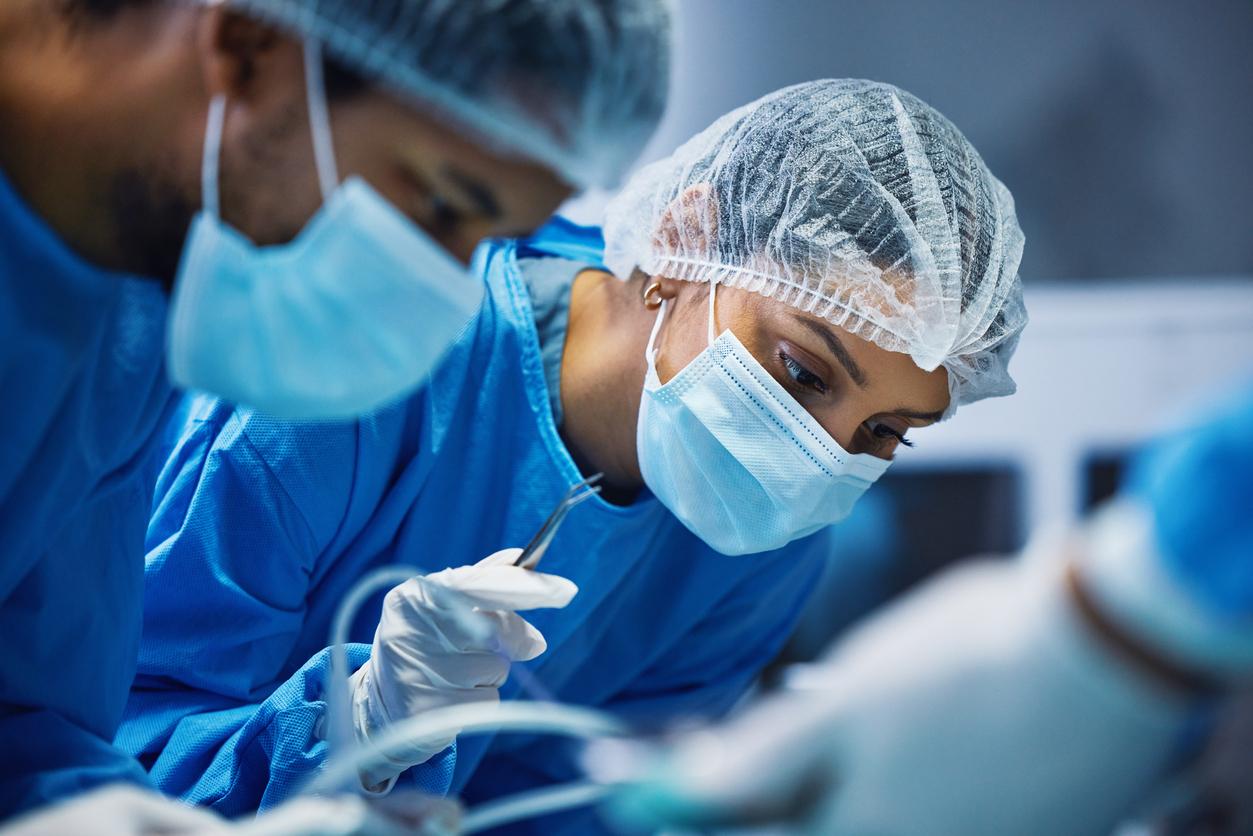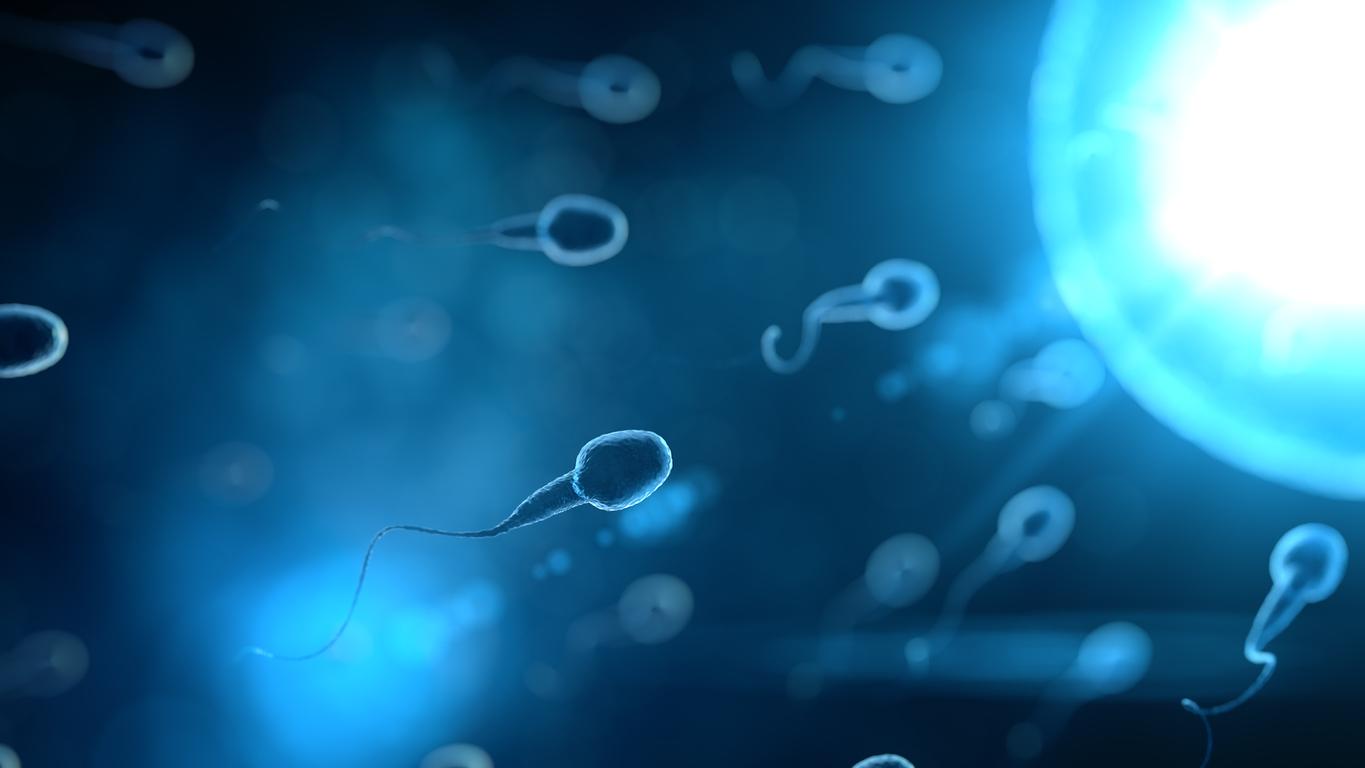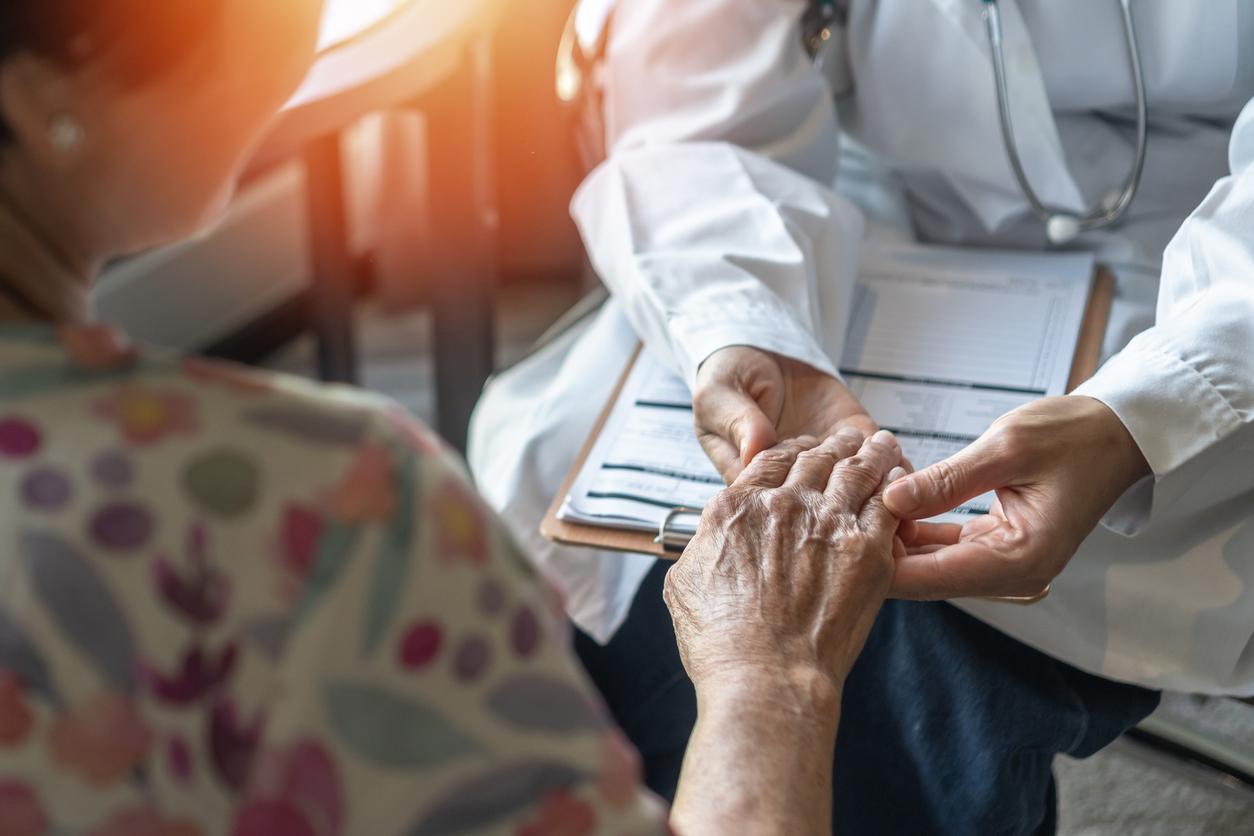Today is International Hug Day, a real medicine for babies and adults, fighting against the deleterious effects of stress. Have you ever met them on a sidewalk or a square, these funny buggers equipped with a “free hugs” sign, a smile on the corner of their lips and arms wide open, ready to hug you? These people deliver free hugs to strangers on the street. You may be one of those who strategically retreats or rushes across the street to avoid the embrace. But you are probably wrong.

Hugs are good for the health of adults and children and even toddlers. The world day devoted to this gesture of affection is a good opportunity to remember this. In neonatology departments, the hug becomes a real treatment. The small “shrimps” placed in an incubator for long weeks could benefit from it very early, as soon as they give birth.
skin to skin
This hug has a special name: the skin-to-skin, also called “kangaroo method”. As its name suggests, this hug consists of carrying the newborn on the mother’s or father’s chest, on their own skin. Scientists have evaluated the real benefits of this warm contact. In a study published in the journal Pediatrics, they showed that premature infants who received “skin-to-skin” care were twice as likely to reach their 20th birthday as those who received only standard care. Moreover, as adults, they were less aggressive, impulsive, hyperactive, or stressed than their peers; they also had a larger brain volume than the others, a sign of good brain development.
In fact, cuddle therapy, a very recent and very fashionable phenomenon, is not only based on the intuition that receiving tenderness from others has a positive impact on mental and physical health. It is a scientifically established fact.
The friendship of rats
A study published in the journal Neuropsychopharmacology shows that male friendships and the manifestations of these (generosity, affection, etc.) make it possible to fight against stress by countering its physiological effects. The experiment was conducted on two male rodents exposed to moderate stress, isolated and locked up for several hours. Once reunited, after having suffered this agonizing situation, the two accomplices tended to socialize strongly, to share their meal and to show gestures of affection similar to hugs.
Their oxytocin levels were raised during the experiment. This chemical compound, commonly known as the “pleasure hormone”, is associated with many social behaviors such as empathy or social recognition. When the rats got together after being detained, its rate increased. A virtuous circle seemed to set in: social interactions lowered their stress level, which subsequently favored social interactions.
Trauma hugs
If in the literature, the effectiveness of the hug in the treatment of stress remains little documented, in the field, this gentle method seems to have proven itself, in particular thanks to the animals that many humans like to cuddle. They also work with hyperactive children, patients and the elderly, improving their health with gentle touches, caresses and big hugs.
Dr Jean-Francois Lemoine
Epigenetics: hugs can alter babies’ DNA
Negative or positive experiences can alter the DNA of newborns during their first six months of life. The experiment involves mice but opens up incredible prospects for understanding the development of the human species. American researchers have just demonstrated that cuddling or not cuddling your newborn could modify its DNA, and this during the first six months of weaning, the term “cuddling” covering all the physical and psychological care that it is possible to provide. give to an infant.
As this study published in Science explains, infant DNA is permeable to variations in its environment. If we already knew that the 25,000 genes that constitute it can be activated or deactivated according to external stimuli, we were completely unaware that they could also change order, distribution and number according to the treatment received. For two weeks, the American researchers observed two groups of female mice accompanied by their young. The first group was made up of caring mother mice, providing care and grooming to their offspring, while the second group was made up of mother mice neglecting their babies.
By focusing on the brain cells of newborns, the researchers found that the DNA of baby mice who received more attention from their mothers was stable, while the DNA of the neglected pups changed. In the latter, certain genes were duplicated and appeared several times in succession in the DNA structure, according to a process called retro-transposition.
Concretely, retro-transposition has, according to the American researchers, given rise to adult mice that are more stressed and less well adapted to their environment than mice that have not experienced any DNA modification during their first months of life.
Transposed to the human level, this discovery opens up important prospects for research on all neurological or psychiatric diseases, such as depression or schizophrenia. They could originate during the first six months of life.
.















